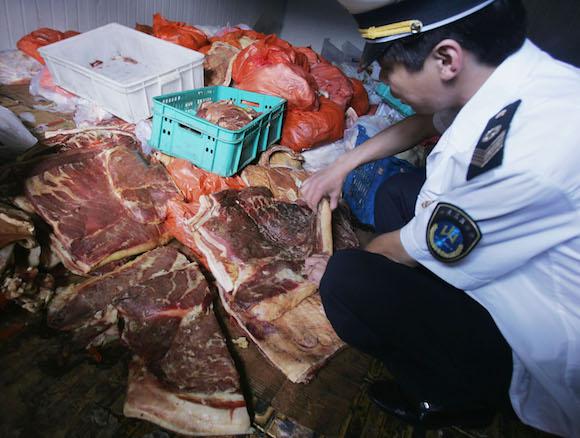There is no need to pay exorbitant airfares to visit famous landmarks worldwide when you live in China and have them all in your own backyard.
Thanks to China’s ‘duplitecture’ (duplicated architecture), half of Europe can be visited without taking a step out of the country.




